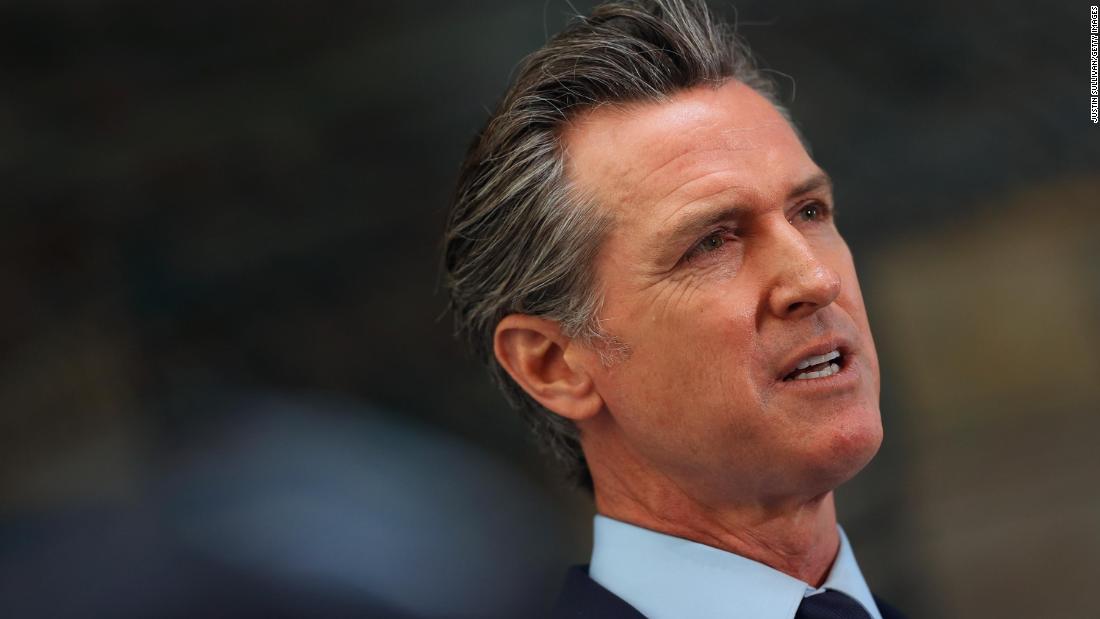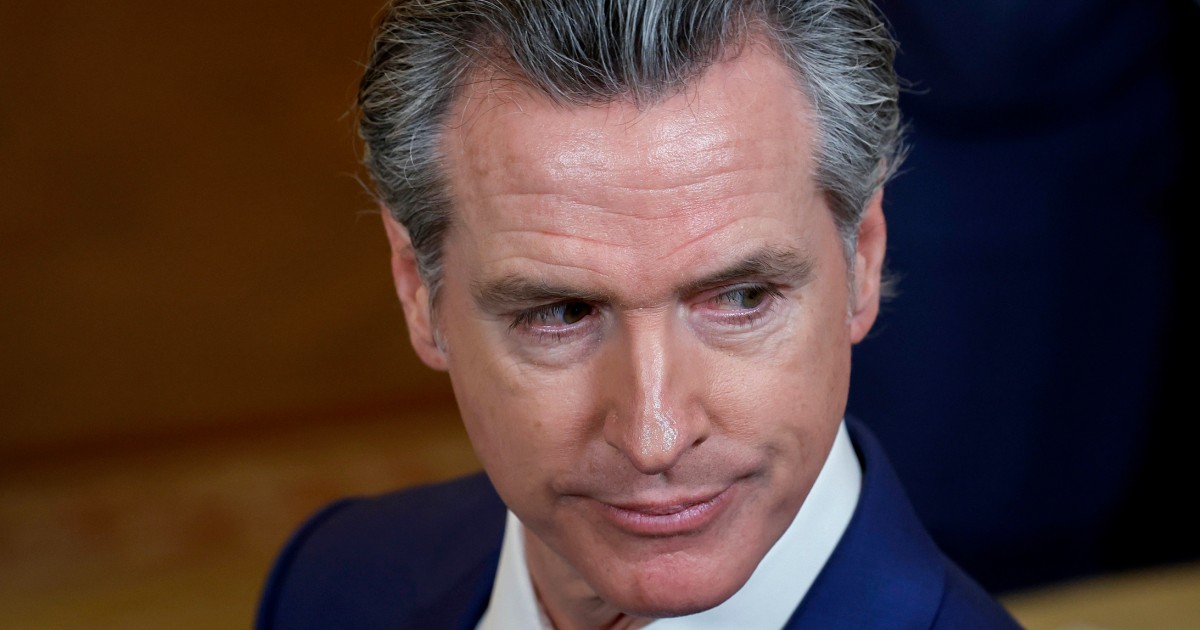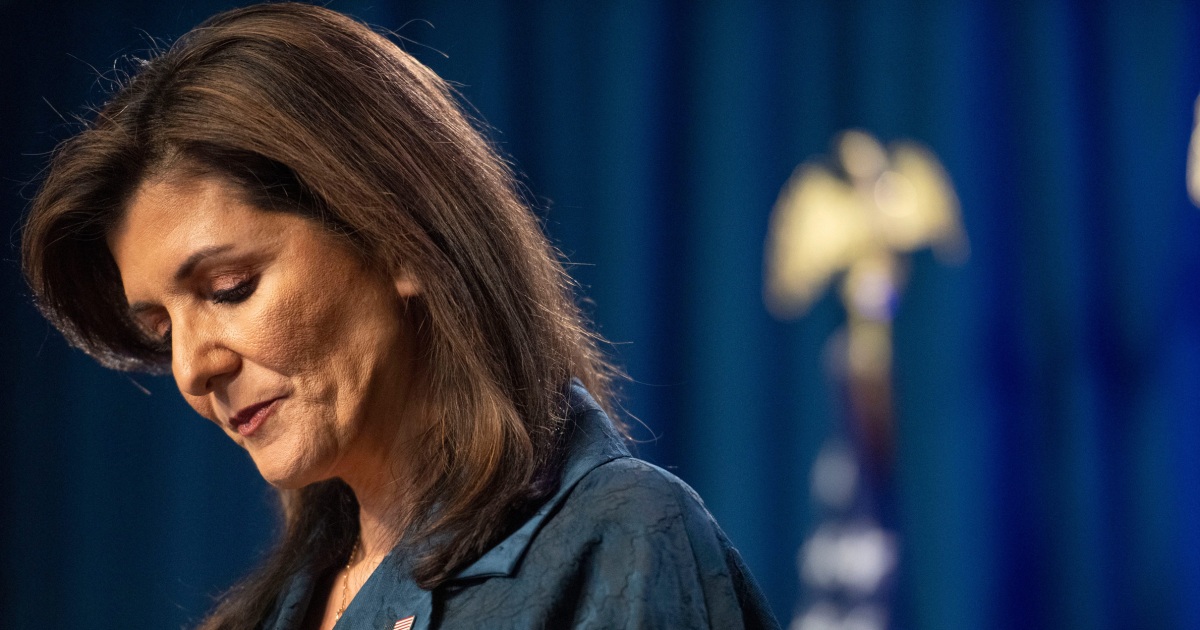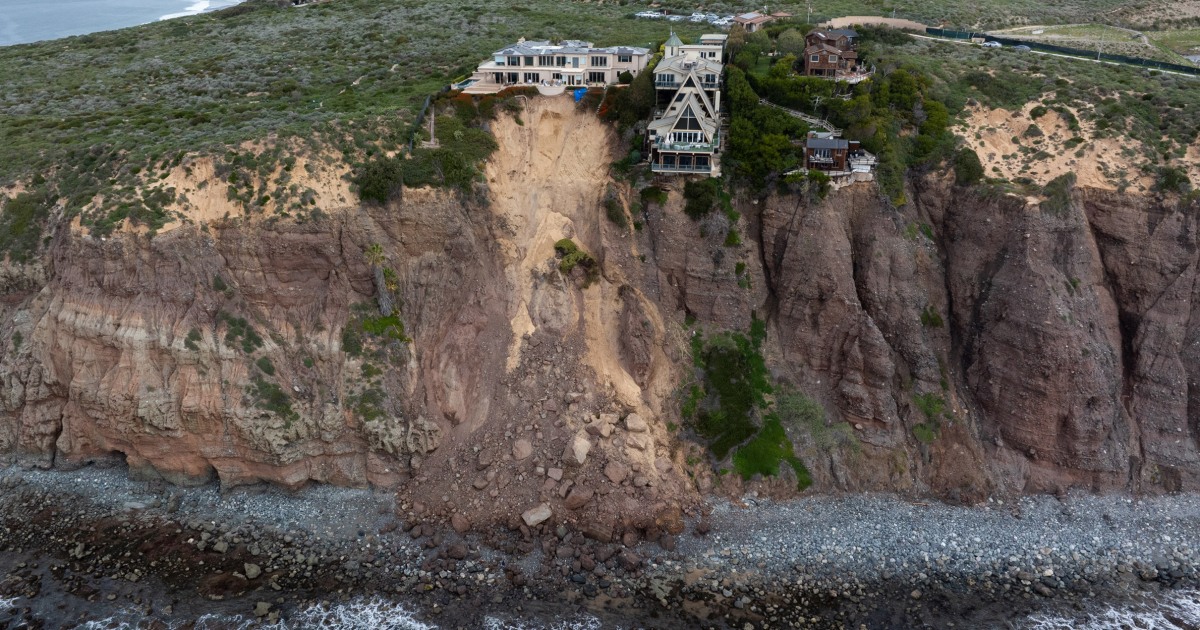Referendum will decide the future of the governor of California 3:33
(CNN) -
California voters will go to the polls Tuesday to decide whether to revoke the term of Democratic Gov. Gavin Newsom.
Millions of people have already cast their votes - all registered voters in the state have been mailed a ballot - and so far, Democrats have outgrown their registration lead in the overwhelmingly blue state.
But Republicans are counting on Election Day fare better because of their party's preference for voting in person.
The first and only successful removal of a governor in the state was in 2003, when Californians voted to revoke the term of Democratic Gov. Gray Davis and replace him with Republican Arnold Schwarzenegger.
The original effort to impeach Newsom, who was elected in 2018, was launched last year by a group of conservative Californians who criticized the Democratic governor's record on immigration, taxes, the death penalty and the homeless crisis. in the state, among other issues.
But his quest to collect enough signature petitions to force an impeachment vote took off late last year amid anger over the Covid-19 lockdowns and other restrictions imposed by Newsom.
The resurgence of the pandemic and frustration with wildfires, drought and homeless crises in the state injected an unexpected level of volatility into the race over the summer, raising concerns among Newsom allies about the lack of recall awareness among Democrats, while Republican voters were very excited and motivated to vote.
advertising
California to require proof of vaccination or negative covid-19 test for large indoor events
But in the end, it may be fears about the emergence of the delta variant that allows Newsom to keep his job.
The contrast that he and top Democratic surrogates have painted between the governor and the Republican Party's leading candidate to replace him, conservative radio host Larry Elder, on the management of COVID-19 has allowed Newsom to change the trajectory of the race. .
In the most recent Public Policy Institute of California (PPIC) poll, conducted in late August, only 39% of likely voters said they would vote "yes" to impeach Newsom, while 58% said they would vote " no".
How does the revocation work?
Voters will be asked two questions on the impeachment ballot: First, "yes" or "no" about whether they want to remove Newsom. Second, they will be asked to select from a list of candidates from all the parties who wish to replace him. Forty-six contenders have qualified for the ballot, but there are no known Democrats vying to replace him. (Newsom cannot run as a replacement candidate.)
If the majority votes "yes" on the first question, Newsom is removed from office and the lead candidate on the second question takes over, even if that person receives only a fraction of the votes.
If a majority votes against Newsom's recall, he keeps his job and the results of the second question are irrelevant.
There are no other initiatives or referendums on the ballot.
When will a new governor take office if Newsom is removed from office?
County officials have up to 30 days after the election to finish counting the votes.
If Newsom's impeachment is successful, the secretary of state would certify the results on the 38th day after the election and the new governor would be sworn in.
The new governor would serve the remainder of Newsom's term until January 2, 2023. The state's impeachment mechanism has been part of the law since 1911. But in that time, only one governor was successfully removed, when Davis was ousted. in 2003 and replaced by Schwarzenegger.
Who is running to replace Newsom?
The most prominent candidates vying to replace Newsom are Republicans, but most were so little known that grassroots Republican voters often had trouble naming them in interviews with CNN for much of this year.
That changed when Elder entered the race late in July.
He has galvanized Republican support around his candidacy, according to polls.
Of those who expressed a preference in the recent California Public Policy Institute poll, 26% favored Elder while the other prominent candidates were in the single digits: former San Diego Mayor Kevin Faulconer with 5%, businessman John Cox at 3%, Assemblyman Kevin Kiley at 3% and reality TV star and former Olympian Caitlyn Jenner at 1%. (The other possible candidates were not named, according to PPIC.)
There are nine Democrats listed among the replacement candidates, but Newsom and the state Democratic Party have urged voters to skip the second question entirely.
The governor's ability to keep his job relies on getting Democratic voters to return their ballots, so they hope to avoid any confusion about the list of more than 40 names on the back of the ballot.
However, that strategy has frustrated some Democratic replacement candidates.
Why is this revocation happening now?
The recall took hold late last year at a time when many Californians were frustrated with Newsom's restrictive response to the pandemic and what some saw as erratic rules and regulations for businesses and restaurants.
The main turning point for the recall organizers came in November, when Newsom attended a friend's birthday party at a posh French restaurant in Napa Valley, at a time when he was urging Californians to stay home. and avoid large gatherings with multiple households. Newsom apologized, calling the dinner "a serious mistake," but was perceived as hypocritical and totally tactless when many Californians were struggling. Also in November, the forces in favor of the revocation received a boost when a judge agreed to give them an additional four months to collect signatures due to the impact of covid-19.
Both fundraising and signature petition collection were sped up for revocation proponents, who had to gather 1,495,709 valid petition signatures to qualify (equivalent to 12% of the votes cast for the office of governor in 2018).
At that opportune moment for Republicans in mid-November, a judge extended the deadline for recall supporters to collect signatures by four months.
Ultimately, they easily exceeded the total needed for the recall to qualify.
Who is Andrew Cuomo, the New York Governor who announced his resignation amid allegations of alleged sexual harassment?
After a series of procedural steps, including verification of petition signatures by county elections officials, the state's lieutenant governor called the elections for Sept. 14.
The state Department of Finance has estimated the cost to be $ 276 million.
In a state as blue as California, why is this vote getting so much attention?
Democrats outnumber Republicans in California by nearly 2-1 and Newsom won the governorship in 2018 with 62% of the vote.
But many Democrats didn't even know a recall vote would occur, and during a frustrating year in which the pandemic continued, Democratic strategists worried about the level of apathy among their voters.
For months, polls had shown that most of the excitement and enthusiasm was on the Republican side among voters wanting to impeach Newsom.
In a CBS News / YouGov poll conducted in early August, 72% of registered Republican voters said they were "highly motivated to vote" compared to 61% of Democrats.
How is Newsom fighting impeachment?
Newsom has been trying to nationalize the race, and Democratic leaders such as Vice President Kamala Harris and Massachusetts Sen. Elizabeth Warren have joined him along the way to speak on many topics, from managing the pandemic to protecting the right to freedom. voting and abortion, following the six-week abortion ban that went into effect earlier this month in Texas.
President Joe Biden is also expected to join him down the stretch.
Elder has served as a crucial contrast to Newsom and his allies in that strategy.
The governor has framed the vote as "a choice between life and death" due to the different way each would approach the fight against the coronavirus.
Newsom has touted the state's vaccination rate - about 57% of Californians are fully vaccinated - and has earmarked part of the state's $ 75.7 billion budget surplus for stimulus checks for lower and middle-class residents who have not received a prior state check.
In the recent California Public Policy Institute survey, Californians named COVID-19 the top problem facing the state, outpacing jobs, the economy and housing.
Among potential voters, 58% approved of the way Newsom was handling the coronavirus outbreak.
"Your vote could make the difference between protecting our children and putting them at risk," former President Barack Obama said in a Newsom television ad published the week before the election.
That message is geared toward energizing Democratic voters in hopes of bridging the enthusiasm gap, and so far, it appears to be working.
As of Thursday, about 7.3 million ballots had been cast before Election Day, about 53% by registered Democrats and 25% by registered Republicans, according to Political Data Inc., a firm that works for Democratic candidates. , progressive organizations and nonpartisan campaigns. That means Democrats are outpacing their registration rate in the state (46.5%, according to the California secretary of state's office), but Republican strategists expected more Republican voters, some of whom are skeptical about voting for mail because of former President Trump's false claims, preferring to vote in person on Election Day.
The total votes cast so far is about 41% of the total votes cast in the 2020 California general election.
ANALYSIS |
Trump is showing how divisive a new race for the White House would be
How can Californians vote on recall?
California voters can return their ballots through the United States Postal Service or any official vote-by-mail mailbox, or drop them off at any participating polling place in certain counties.
Postage is not required, but voters must sign the back of the vote-by-mail envelope.
Ballots returned by mail must be postmarked on or before Election Day and will be received by county elections officials by September 21.
Californians also have the option to vote or register in person either before or on Election Day.
While early voting dates, times and locations vary by county, the polls are open from 7 am to 8 pm PST on voting day.
California











/cloudfront-eu-central-1.images.arcpublishing.com/prisa/KMEYMJKESBAZBE4MRBAM4TGHIQ.jpg)



